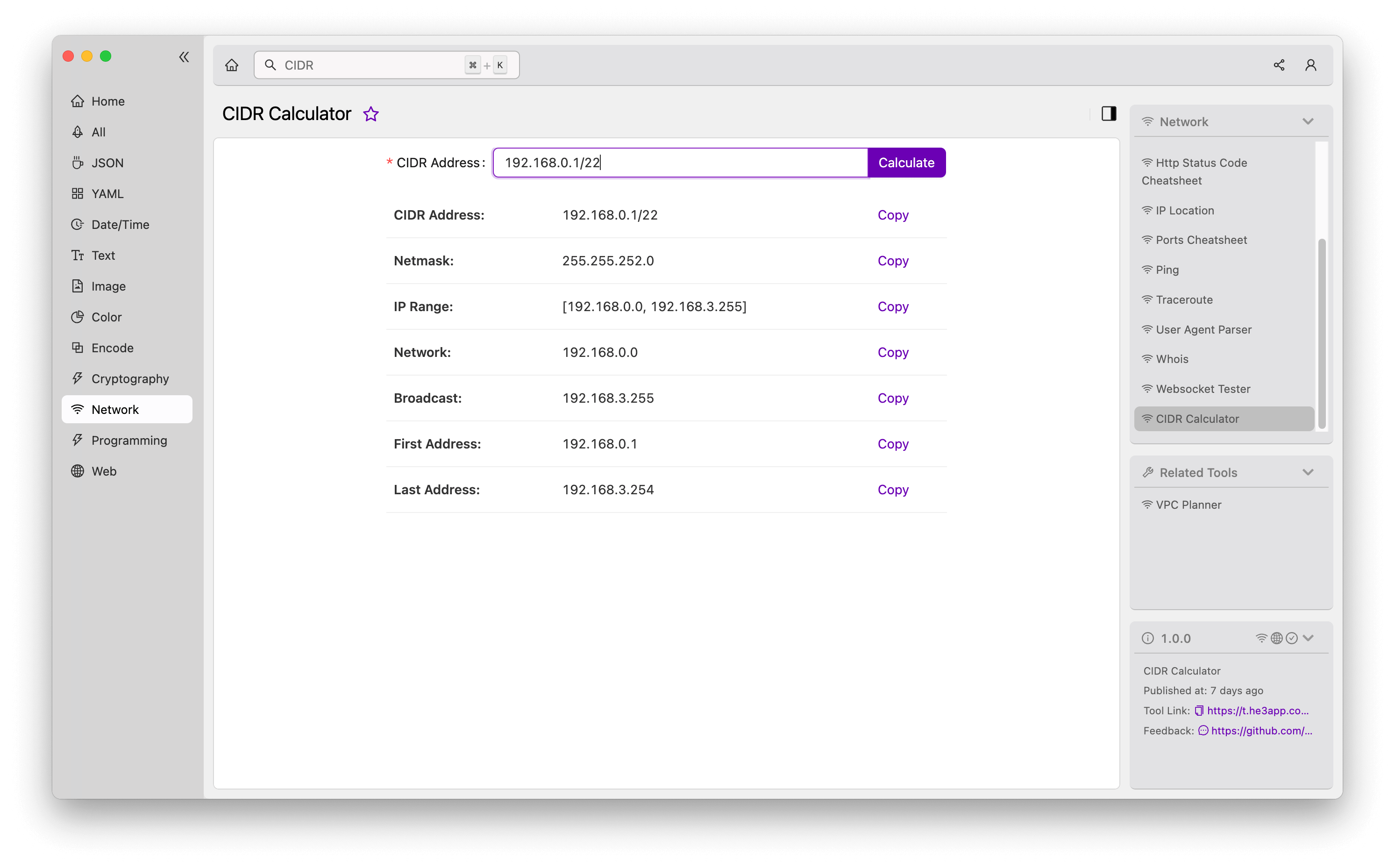Understanding the CIDR Calculator: A Comprehensive Guide
Internet Protocol (IP) addresses are essential elements in the internet architecture as they enable global communication between machines. In this regard, subnets are fundamental, as they enable optimizations in addressing and reduce address collisions. The Classless Inter-Domain Routing (CIDR) is a notation that defines the subnets by specifying the number of bits allocated to the network and host portions. The CIDR Calculator is an excellent tool for computing the values of the IP address space and subnet propagation. This article will explain the concept of CIDR Calculator, its features, working criteria, misconceptions, and scenarios of use for network engineers and developers.
What is a CIDR Calculator?
A CIDR Calculator is a tool that calculates and generates a set of CIDR values for an IP address space. The calculator typically generates the prefix address, prefix length, netmask, and number of hosts from a subnetting scheme. Additionally, it allows the users to configure and analyze the traffic performance and connectivity of the networks. In this way, the CIDR Calculator assists network engineers and developers in optimizing the IP address management by estimating the available address space and planning the subnet propagation.
How does a CIDR Calculator work?
CIDR Calculator uses a binary bit-wise operation for subnetting the IP addressing space. The IP address bits are separated into network bits and host bits, where the network bits form the address prefix and the host bits form the host address. The CIDR notation expresses the address prefix and the number of bits allocated to the network bits (i.e., prefix length) using the slash notation. For example, the IP address 192.168.0.0/16 indicates that the first 16 bits form the network portion, and the remaining 16 bits form the host portion.
To calculate the CIDR values, the CIDR Calculator uses the AND binary operator to obtain the network ID by masking the IP address with the netmask. The netmask is obtained from the CIDR prefix length and represents a set of binary 1s followed by binary 0s. For instance, the netmask 255.255.0.0 corresponds to the CIDR notation /16, and the netmask binary representation is 11111111.11111111.00000000.00000000. Therefore, applying the AND operation on the IP address 192.168.0.0 and netmask 255.255.0.0, we obtain the network ID 192.168.0.0.
Or you can use CIDR Calculator tool in He3 Toolbox (https://t.he3app.com?57kx) easily.

Scenarios of Use for Developers
The CIDR Calculator is an indispensable tool for network engineers and developers, especially when subnetting is involved. Its use varies depending on the scenario, and some common examples are:
- Optimizing IP addressing and avoiding address collisions
- Planning the subnet propagation and addressing scheme
- Diagnosing network connectivity issues by analyzing traffic performance
- Estimating the available address space for a given network topology
- Verifying the CIDR notation correctness and validating the values of IP address space and subnets
Key Features of a CIDR Calculator
The key features of a CIDR Calculator include:
- Generating prefix address, prefix length, netmask, and number of hosts from a subnetting scheme
- Applying binary bit-wise operations for subnetting and masking the IP addresses
- Providing analysis and statistics for traffic performance and network connectivity issues
- Supporting multiple input formats (decimal, binary, hex, etc.)
- Providing validation and debugging options for verifying the CIDR notation correctness
Misconceptions and FAQs
- What is the difference between a CIDR Calculator and a Subnet Calculator?
A CIDR Calculator performs subnetting using the CIDR notation, while a Subnet Calculator performs subnetting using the traditional Class A, B, and C notation.
- What is the significance of the CIDR notation in networking?
The CIDR notation allows for flexible subnetting and IP address management, enables efficient routing, and supports the aggregation of IP addresses.
CIDR Calculator is a valuable tool for network engineers and developers looking to optimize and manage IP addresses and subnets efficiently. Its features enable businesses to estimate available address space, plan subnets, diagnose connectivity issues, and increase network performance. By understanding the basics of how CIDR Calculator works and overcoming any misconceptions regarding its usage, developers can unlock a world of possibilities in network and IP address management.